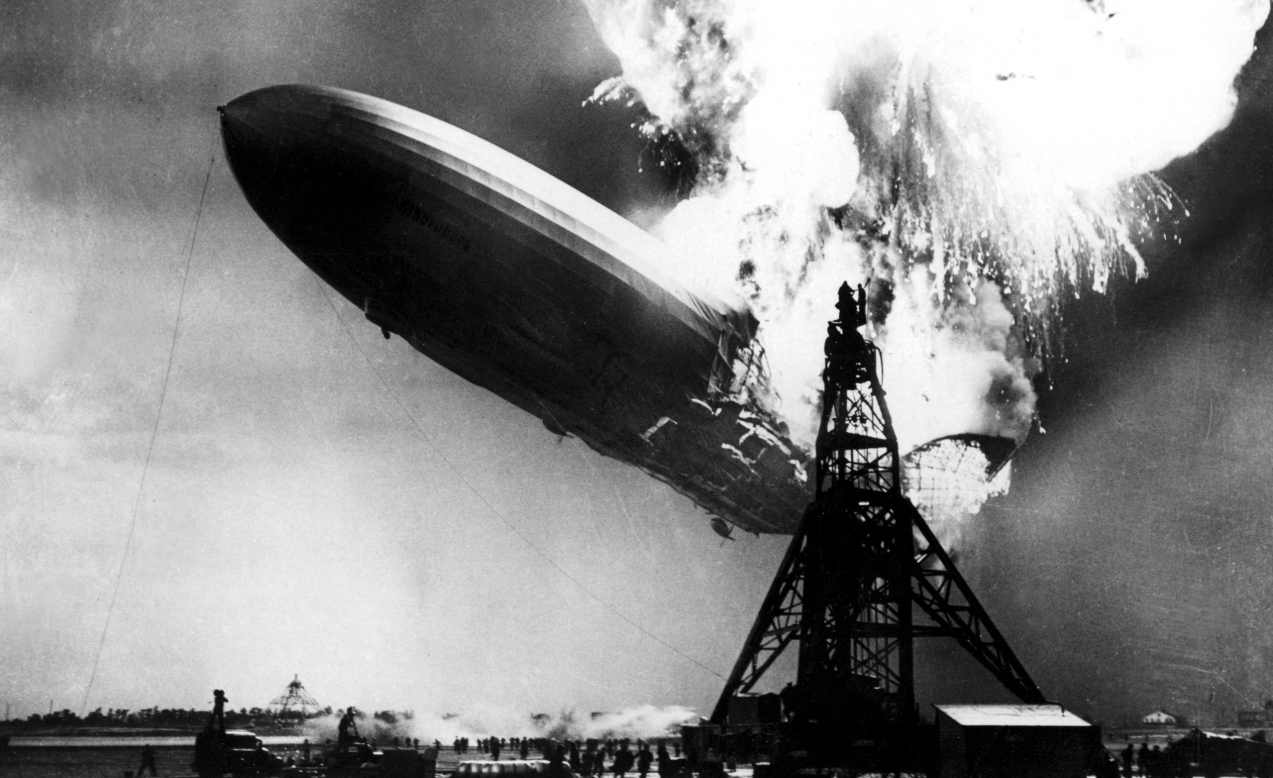The specific heat capacity of Hydrogen is ~14.32 kJ/kg K, meaning that you would need to raise the temperature of a single kilogram oh hydrogen by 70 K in order to get rid of 1 MJ of thermal energy. However, in order for our ships to actually be
losing heat, we would need to increase the temperature of the hydrogen from what it was scooped at. Thankfully, this actually works in our favour, since the surface of the sun is about 6000 K, at which point hydrogen has a specific heat capacity of ~20 kJ/kg K and we will only need to heat a single kilogram of hydrogen by 50 K in order to dump 1 MJ of thermal energy.
Making the following assumptions:
- A stock power plant is capable of converting 5% of the energy generated by the fusion reaction into usable energy
(this leaves some wiggle room for engineer mods)
- All remaining energy generated by the fusion reaction is in the form of thermal energy
- The thermal rating of our power plant denotes the number of MJ of thermal energy retained for every MJ of usable energy generated
- All thermal energy that is not retained is vented with the waste gasses from the reaction
- Waste hydrogen has a specific heat capacity of 20 kJ/kg K
- Waste helium has a specific heat capacity of 5 kJ/kg K
- The fusion reaction of hydrogen to helium loses 8 kg per metric ton of hydrogen
We can determine an approximate temperate of the waste gasses as follows:
45 GJ of usable energy generated per ton means that a total of 900 GJ of total energy is generated per ton
For a stock A-rated power plant, 18 GJ of thermal energy is retained, meaning 837 GJ of energy needs to be released
900 GJ of energy generated means that 0.00001 kg of mass was lost in the reaction
0.00001 kg of lost mass indicates that 0.00125 kg of hydrogen was consumed for a return of 0.00124 kg of hydrogen
We now have 999.99875 kg of hydrogen and 0.00124 kg of helium and 837 GJ of waste heat to dump into it (for a stock A-rated power plant with a thermal rating of 0.40)
There is so little helium that it can be ignored entirely
999.99875 kg of hydrogen at a specific heat capacity of 20 kJ/kg K means that we can dump 19.999975 MJ (let's just call it ~20 MJ) of heat for every 1 K we increase the exhaust temperature
In order to dump 837 GJ of thermal energy using nothing but hydrogen, we would need to heat up the exhaust gas by 41850 K
Yeah, that's a lot of heat. How about I up the efficiency of the reactor in assumption 1 from 5% to 10% efficiency:
45 GJ of usable energy generated per ton means that a total of 450 GJ of total energy is generated per ton
For a stock A-rated power plant, 18 GJ of thermal energy is retained, meaning 387 GJ of energy needs to be released
450 GJ of energy generated means that 0.000005 kg of mass was lost in the reaction
The amount of hydrogen converted to helium is so small we'll just say that we have 1000 kg of hydrogen
1000 kg of hydrogen at a specific heat capacity of 20 kJ/kg K means that we can dump 20 MJ of heat for every 1 K we increase the exhaust temperature
In order to dump 387 GJ of thermal energy using nothing but hydrogen, we would need to heat up the exhaust gas by 19350 K
This is much more manageable, but still quite high. What if we increase the efficiency to 20% (which would be fairly good efficiency)?
45 GJ of usable energy generated per ton means that a total of 225 GJ of total energy is generated per ton
For a stock A-rated power plant, 18 GJ of thermal energy is retained, meaning 162 GJ of energy needs to be released
The amount of hydrogen converted to helium is so small we'll just say that we have 1000 kg of hydrogen
1000 kg of hydrogen at a specific heat capacity of 20 kJ/kg K means that we can dump 20 MJ of heat for every 1 K we increase the exhaust temperature
In order to dump 162 GJ of thermal energy using nothing but hydrogen, we would need to heat up the exhaust gas by 8100 K
That's still a lot of heat, but it at least somewhat reasonable considering that we are already dealing with temperatures in the range of 6000 K when we are scooping our for to begin with.
Also, yes, this could explain why we get so little energy from running an entire ton of hydrogen through our power plants.
Oh, and using an E-rated power plant (with 1.00 thermal efficiency) instead of an A-rated power plant decreases your exhaust temperature by 1350 K, in case you were wondering.

